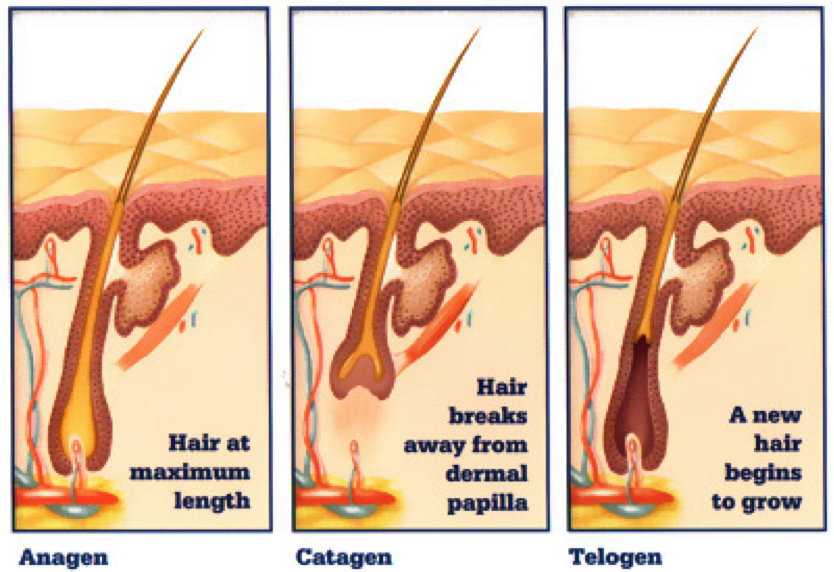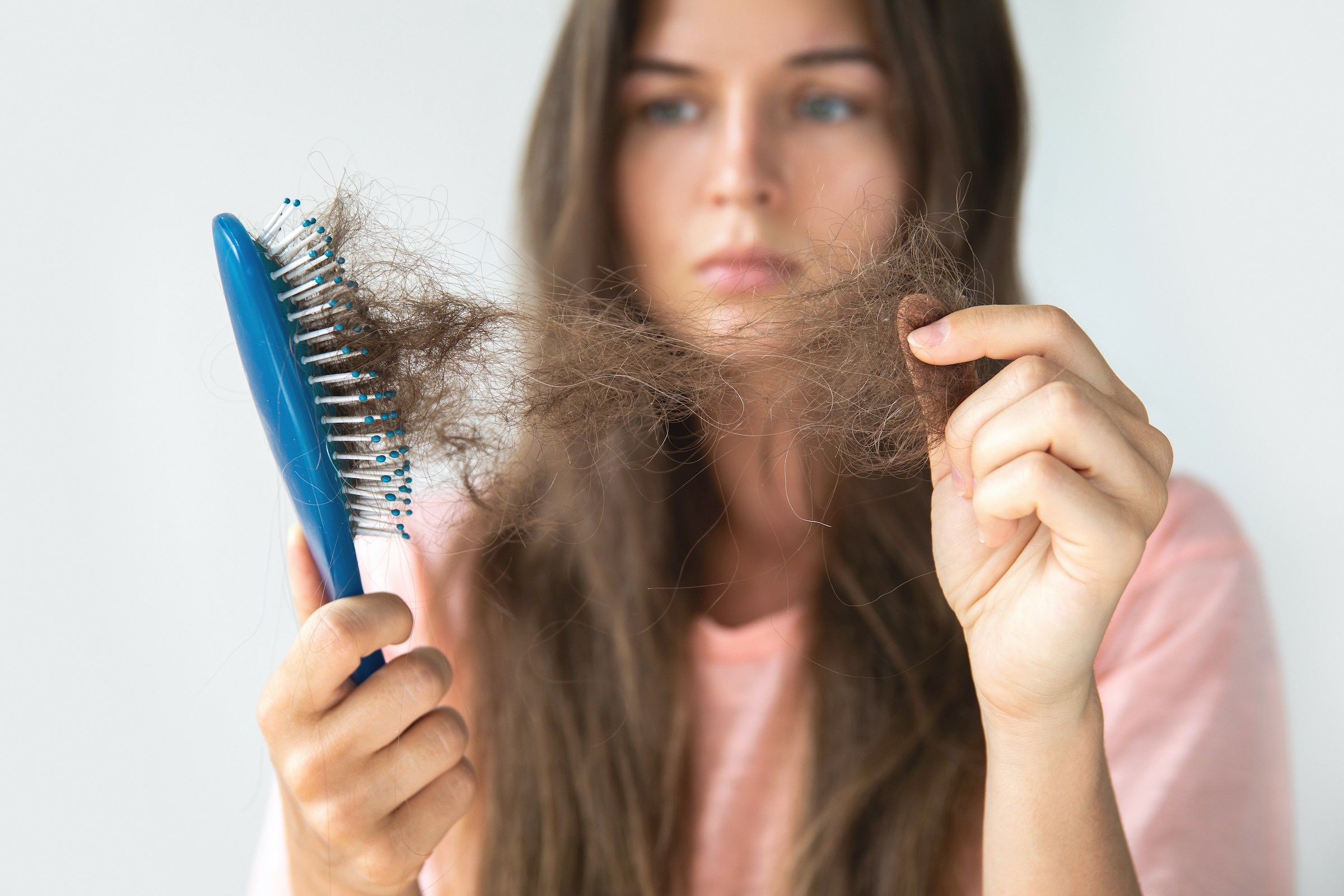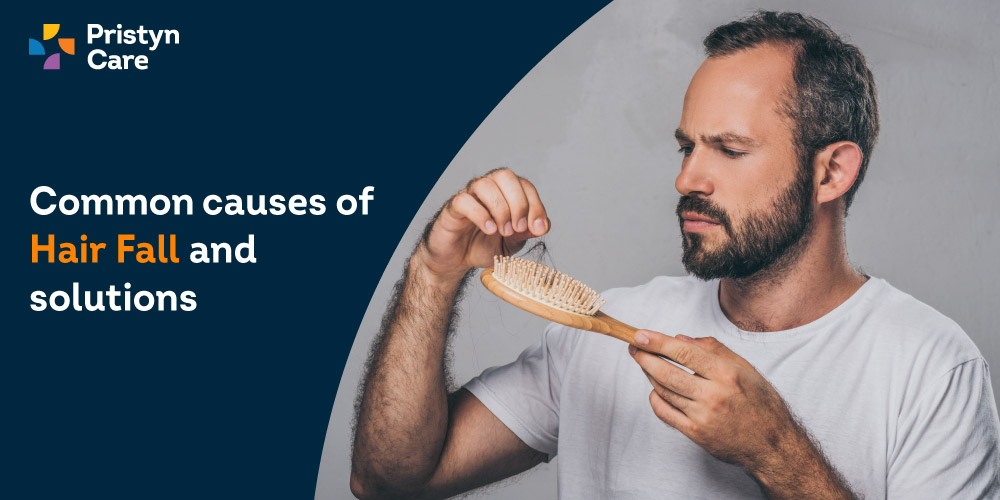Table Of Content

Most hair drug tests can detect heavy or regular use of certain illicit substances over the past three months. There is a growing interest in hair follicle testing because drug metabolites can remain present in hair from a person’s scalp for up to 3 months. There is a range of different home kits for hair follicle drug testing on the market. People can purchase these kits either directly through the company’s website, from pharmacies, or from online retailers. In a 2015 study examining the effectiveness of hair follicle drug tests, researchers compared self-reported drug use with hair follicle test results from 360 adults at risk for moderate drug use. Some states only allow for pre-employment using a hair follicle drug test, while other states may prohibit the use of hair follicle drug testing altogether.

What Amount of Time Do Drugs Last in the Body?

10-panel drug tests will also test for cocaine and other drugs containing cocaine, such as freebase or crack cocaine. The tests are simple to administer and take and are widely available. Similar tests are popular for testing potential employees, though a simpler 4- or 5-panel drug test with alcohol is more common. Knowing what to expect from the drug test can help ease your nerves and help you be prepared for it. Before the test, tell the testing lab or healthcare provider about any medications you are taking, including prescriptions, over-the-counter (OTC) drugs, or supplements. The detection window in urine depends on the type of barbiturate taken.
Is hair follicle testing accurate?
So in reality, pre-employment drug testing using hair tests would be more effective in preventing the hiring of a substance abuser. Hair testing is currently not allowed for DOT testing or Federal workplace drug testing. For head hair the individual will need a minimum of 1.5 inches of hair; otherwise the hair specimen can be body hair.
What if I have no head or body hair?
There is also some concern regarding environmental exposure to drugs, such as second hand marijuana smoke, and how it can affect a hair follicle test. The hair follicle drug tests screen for the drug itself and the metabolites your body would produce if you ingested, or smoked, the drug. That means that even if marijuana smoke got stuck in your hair, as long as you did not inhale it, then your hair will have no evidence of marijuana metabolites, so your test will not be positive. With the urine drug test, the applicant or employee might refrain from drug use for five or more days and avoid the detection of illegal drugs in the urine.
The Science Behind Hair Follicle Testing
This type of drug test may be used by employers, courts, addiction treatment centers, and individuals who want themselves or a loved one tested for drug use, reports the NIH. The hair sample drug test is an ideal procedure both for regular workplace screening and especially for pre-employment screening. Some corporate, legal, medical, and educational institutions have turned to hair follicle drug tests as a complementary approach to traditional urine-based testing. It is also easier for a person to tamper with a urine sample than with a hair sample, which may give hair follicle tests an advantage over urine tests when a person takes the test in a laboratory setting. According to a 2017 study, urine tests have a detection window of up to 10 hours to about 1 week for most drugs except marijuana, which can remain present in a person’s urine for up to 30 days. Some health insurance companies cover the cost of hair follicle drug testing for medical purposes.
Hair Follicle Drug Tests Explained
A positive result indicates that the drug or its byproducts are present in the person’s system in detectable amounts. There are some tests that use other substances, such as blood or hair, to test for the drugs. These may be more accurate in some cases, but the process is more complicated. If your result is positive in the initial screening, the sample may be sent out to a lab to confirm the result. Many workplace testing programs also provide you with the option to have your sample analyzed by a second lab to ensure the results are correct.
How accurate are hair follicle drug tests?
When a drug is consumed it leaves behind trace remnants known as “metabolites” in the blood stream that then become deposited in various portions of our physiology. These metabolites, however, have a lifespan for the period in which they remain detectable to certain testing methods and scientific instruments. The traditional drug test, such as the urine test that has been a commercial and medical standard for many years now, is easy to administer and collect. One urine sample can be collected and subjected to a “panel” drug test, meaning that multiple substances can be screened from one sample for increased efficiency. National Drug Screening, for example, offers a 10 panel test for up to 10 different drugs. A hair follicle drug test is one of the newer types of drug testing available and is quickly becoming the preferred drug testing for employers, as well as court-ordered probation testing.
How Long Are Drugs Detectable in Urine?
The lab technician will cut about 100 hair samples from the crown of the head. Collecting hair samples from different spots of your hair will prevent giving you a bald spot. The hair will be placed in a hair foil, which will be placed in a closed envelope. Although there are no special precautions necessary before a hair follicle drug test, patients should inform their doctor of medications or supplements that have recently been taken. Patients should also inform their doctor of any recent hair treatments, including shampooing, as these may affect test results.
How To Pass A Weed Drug Test: Marijuana Testing Tips - VICE
How To Pass A Weed Drug Test: Marijuana Testing Tips.
Posted: Mon, 15 Nov 2021 08:00:00 GMT [source]
Negative results
A urine sample won't detect drugs far back for a 10-panel drug test, but the test can also be done with a hair sample that detects substances for up to three months after use. Tests using blood or saliva (reading at the same level as blood) will deliver real-time results of what's in the bloodstream. Sweat patches approved for seven-day use also can be applied to the skin. The results of hair follicle drug tests may be reported as positive or negative.
Hair drug testing allows for detection of drugs of abuse; substances like marijuana, cocaine, opiates, barbiturates and many other types of drugs. Hair drug testing with a positive result can determine if a person has ingested drugs in approximately the past 90 days. Important to note, it will take about 7 days for the ingested drugs to show up in the hair.
At-home collection kits allow users to collect hair samples and mail them to a laboratory for analysis. At-home hair follicle drug test kits are available for purchase online and over-the-counter at a variety of retailers. Some at-home hair follicle drug tests look for only one type of drug while others offer test panels that look for several drugs at once.
Though commonly called a “hair follicle test,” this drug test only tests clipped strands of hair, not the follicle located under the scalp. While most people may be familiar with urine screening drug tests, hair follicle drug tests are also used, although less widely. When testing drivers for drug abuse, a hair follicle drug test is one of the best options. This involves collecting a small sample of hair (90–120 hair strands) and analyzing them. The test can check for cocaine, meth, ecstasy, opioids, PCP, cocaine, and marijuana.
It will be interesting to see if hair drug testing becomes a reality for the DOT program as early as January of 2017. Urine drug tests can only identify drug use for approximately a week into an individual’s recent past. For that reason, hair drug or hair alcohol EtG tests are better suited to detect binge or chronic drug usage over a more extended period of time. The main difference between a hair drug test and a urine drug test is the window of detection. Drug tests performed in a hospital or laboratory may cost between $100 and $125. A hair drug test detects a pattern of repeated drug use over the last 90 days.




